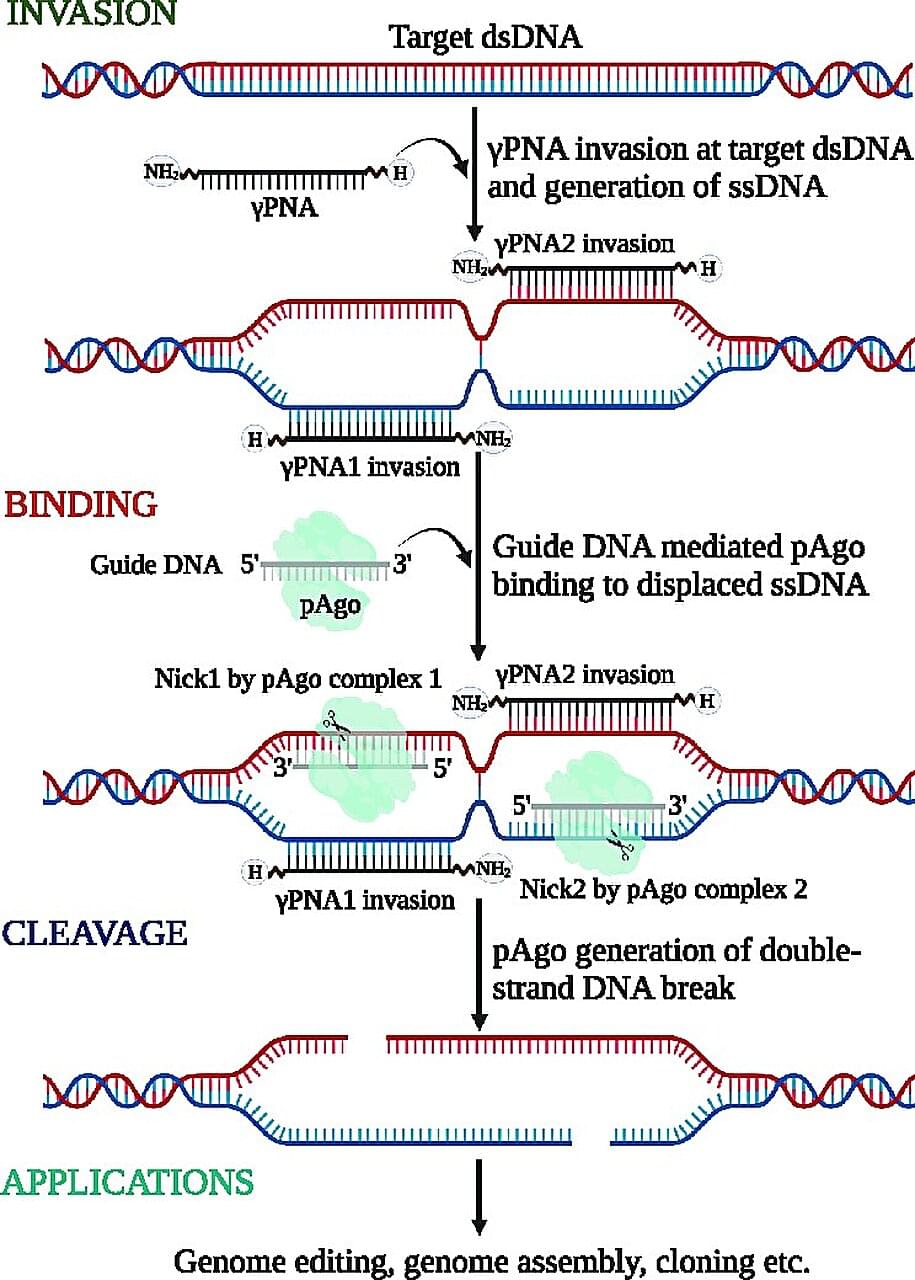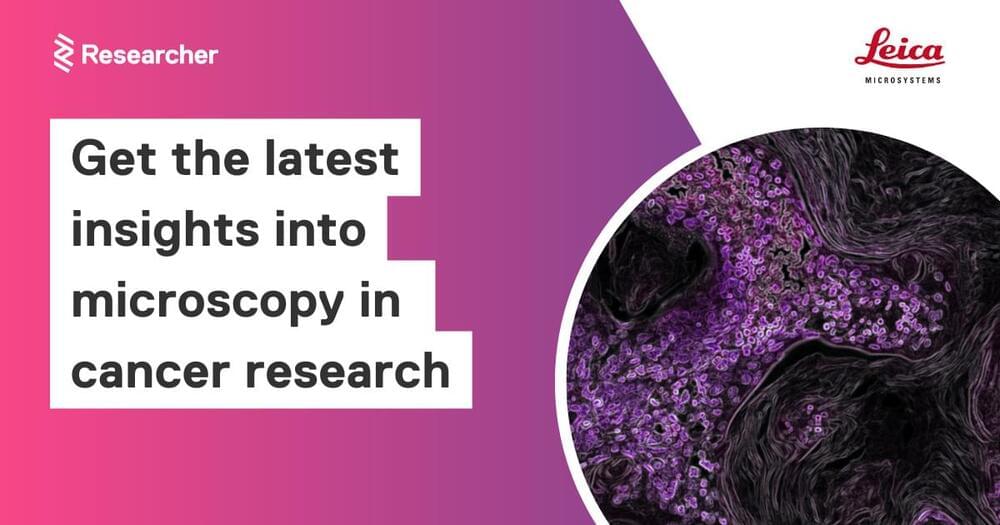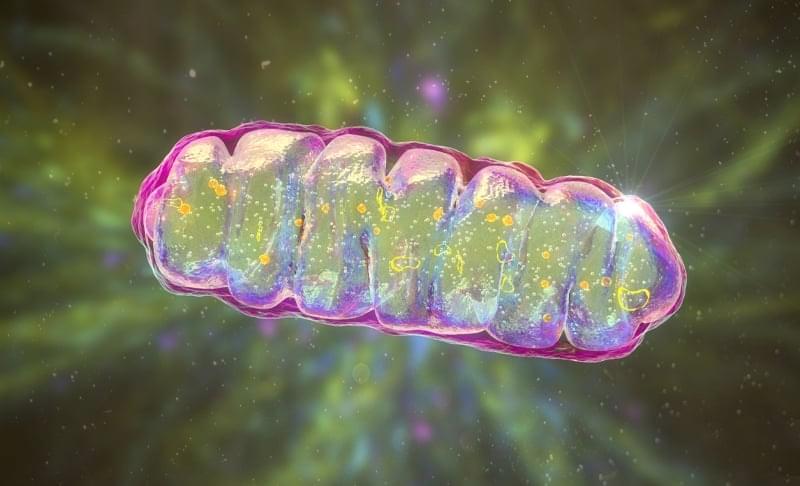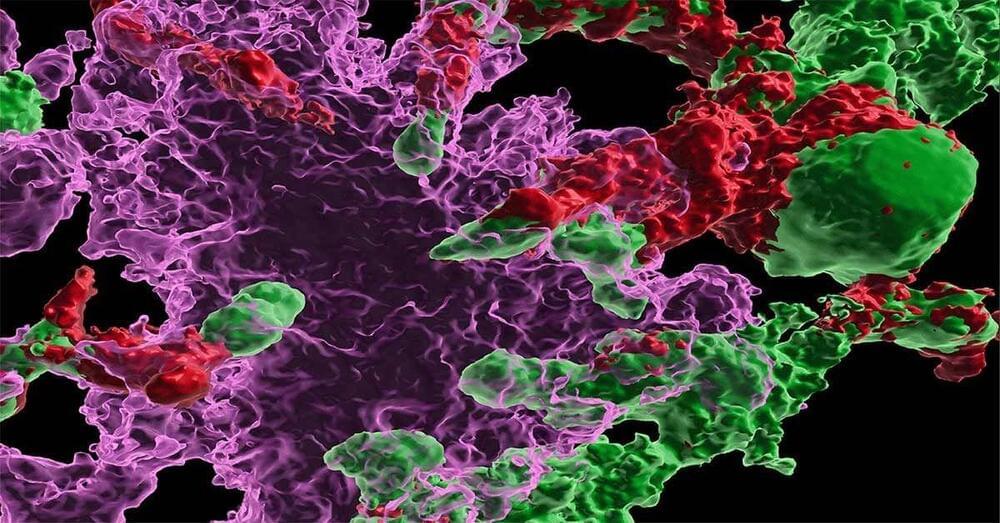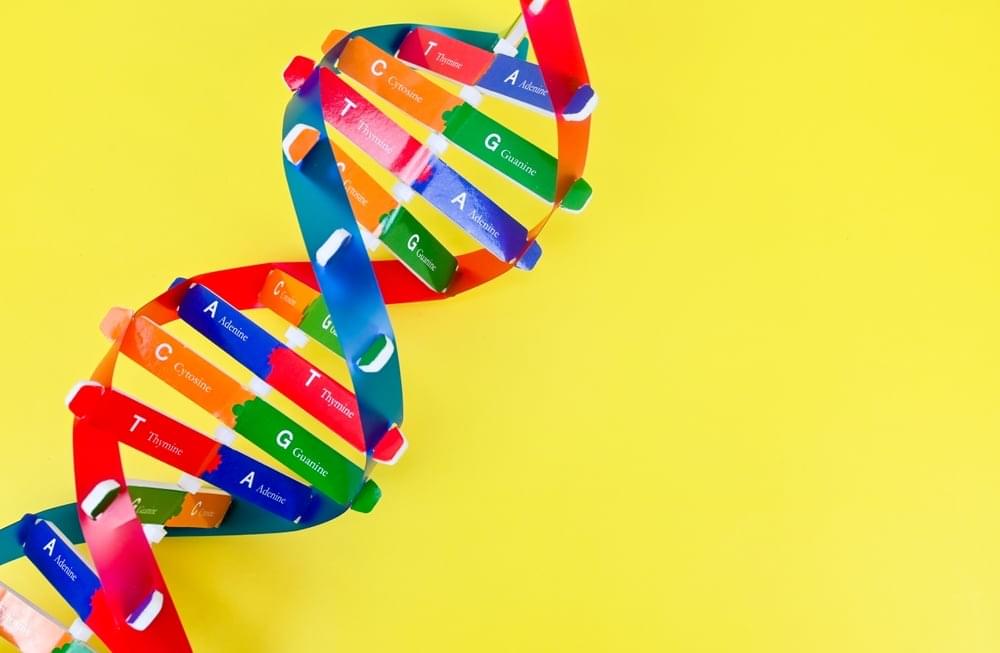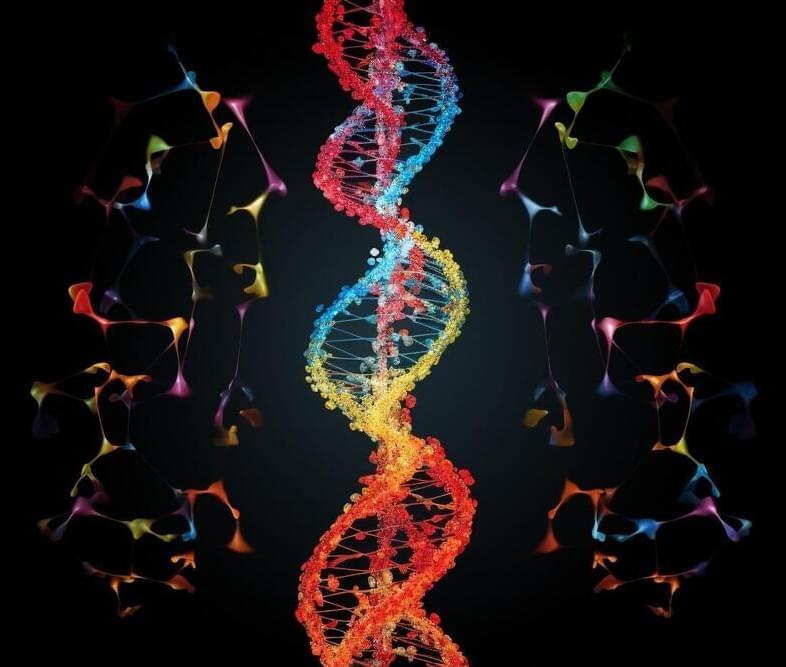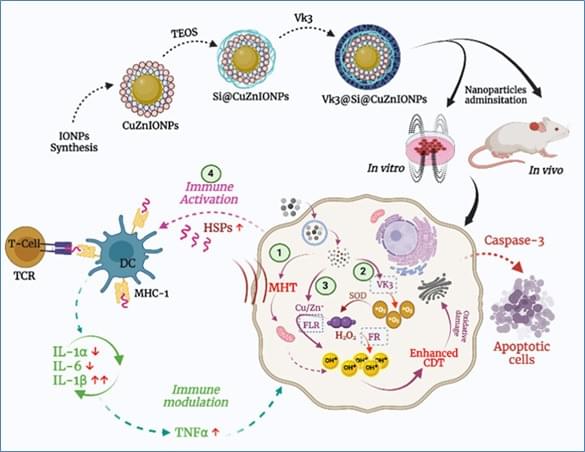PNP editing is emerging as a versatile and programmable tool for site-specific DNA manipulations. An innovative genome-editing technique could enhance the delivery, specificity and targeting of gene-modifying tools for treatments.
The KAUST-developed method combines two molecular technologies: a synthetic family of DNA-like molecules known as peptide nucleic acids (PNAs), and a class of DNA-cutting enzymes known as prokaryotic Argonautes (pAgos).
The PNAs first unzip and slip inside the DNA helix. The pAgos, guided by short fragments of genetic material, then bind the loosened helix at specific target sequences and nick each opposing strand of DNA.
